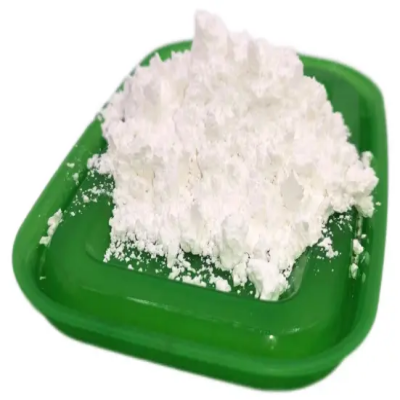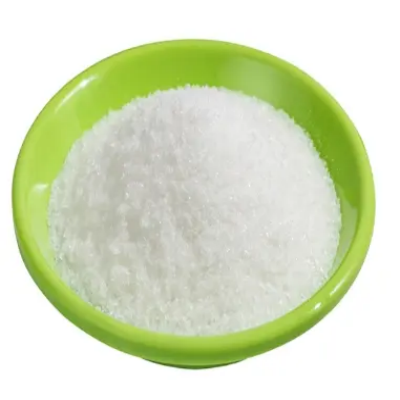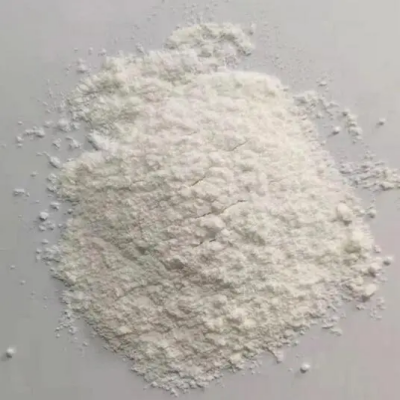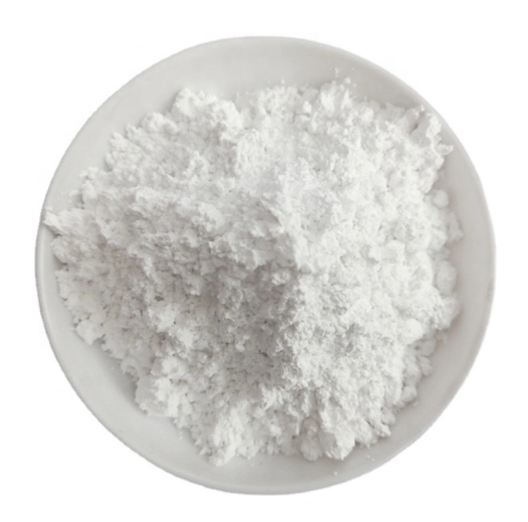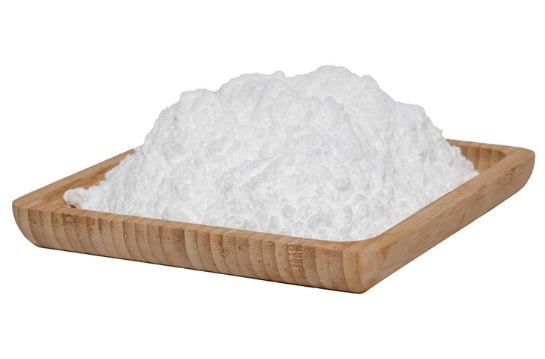Spinosad CAS:131929-60-7
Spinosad plays a vital role in pest management across various agricultural sectors. In crop protection, it effectively controls a wide range of insect pests, including caterpillars, leafminers, thrips, and others. By incorporating Spinosad into integrated pest management programs, farmers can reduce the reliance on synthetic chemical pesticides while effectively managing pest populations that can damage crops and reduce yields. Moreover, in livestock and poultry production, Spinosad can be utilized to control pests such as lice and mites that affect animal health and welfare. Its ability to target specific pests while preserving beneficial insects makes it a preferred choice for minimizing the impact of parasitic infestations in animal agriculture. Proper application techniques and adherence to safety and usage guidelines are essential when using Spinosad to ensure effective pest control while minimizing environmental impact. Responsible utilization of this natural insecticide supports sustainable agricultural practices, reduces chemical residues, and helps maintain ecosystem balance by protecting non-target organisms. In conclusion, Spinosad's effectiveness against a wide range of insect pests and its environmentally friendly nature make it an invaluable tool for pest management in both crop protection and animal agriculture. By integrating Spinosad into pest control strategies, farmers can uphold sustainable farming practices, minimize environmental impact, and contribute to the production of high-quality agricultural products.



| Composition | C41H65NO10 |
| Assay | 99% |
| Appearance | white powder |
| CAS No. | 131929-60-7 |
| Packing | Small and bulk |
| Shelf Life | 2 years |
| Storage | Store in cool and dry area |
| Certification | ISO. |


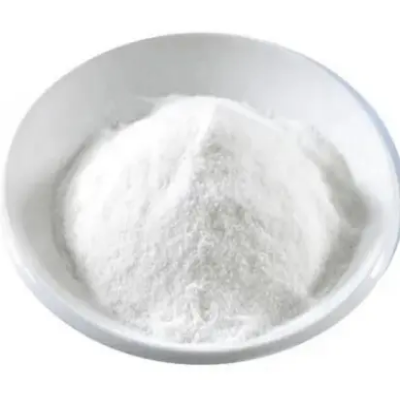

![DICHLORO[(R)-(+)-2,2'-BIS(DIPHENYLPHOSPHINO)-1,1'-BINAPHTHYL]RUTHENIUM (II) CAS:132071-87-5](https://cdn.globalso.com/xindaobiotech/6FOL1BS0UMD0X9Z402228.png)
